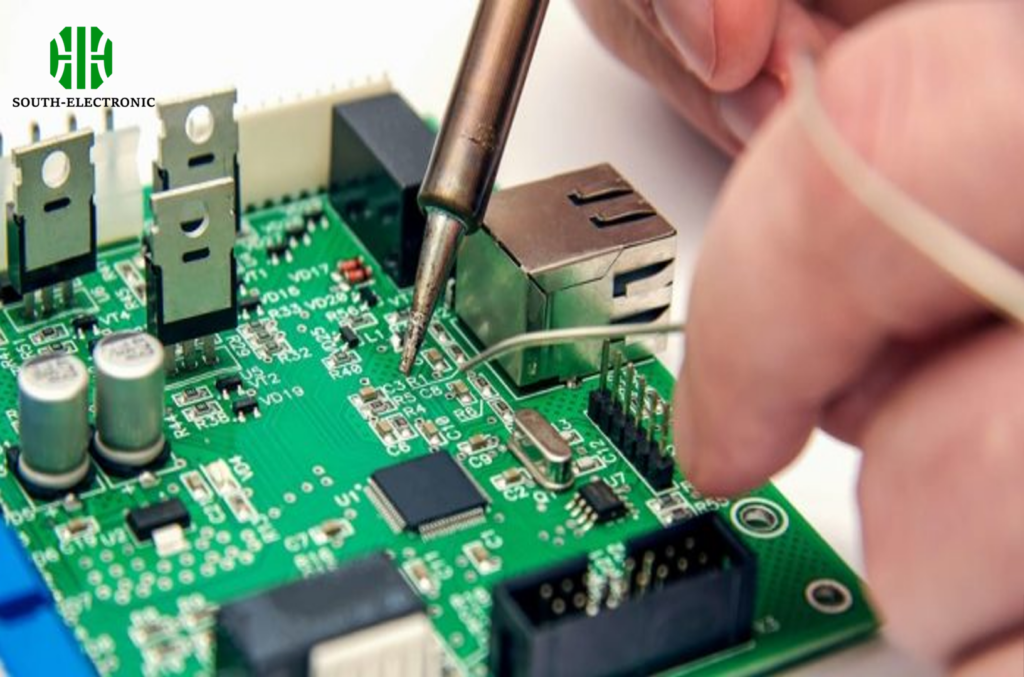
How to Solder on a PCB?
When you're soldering on a PCB, there are several steps you need to follow: tin your soldering iron, prepare the surface of the PCB, position your components, heat the joint, apply the solder, and inspect the joint. By following these steps, you'll be able to make strong and reliable solder joints for your electronic projects.
Tools and Materials Needed for PCB Soldering
Before starting the soldering process, gather the necessary tools and materials. Having everything prepared will make the process smoother and more efficient.
- Soldering Iron: A good quality soldering iron with adjustable temperature control.
- Solder: Typically, a rosin-core solder is used for electronics.
- Flux: Helps improve the flow of solder and the quality of the joint.
- PCB Board: The printed circuit board you will be working on.
- Components: Electronic components like resistors, capacitors, ICs, etc.
- Soldering Stand: To hold the soldering iron when not in use.
- Safety Glasses: To protect your eyes from solder splashes.
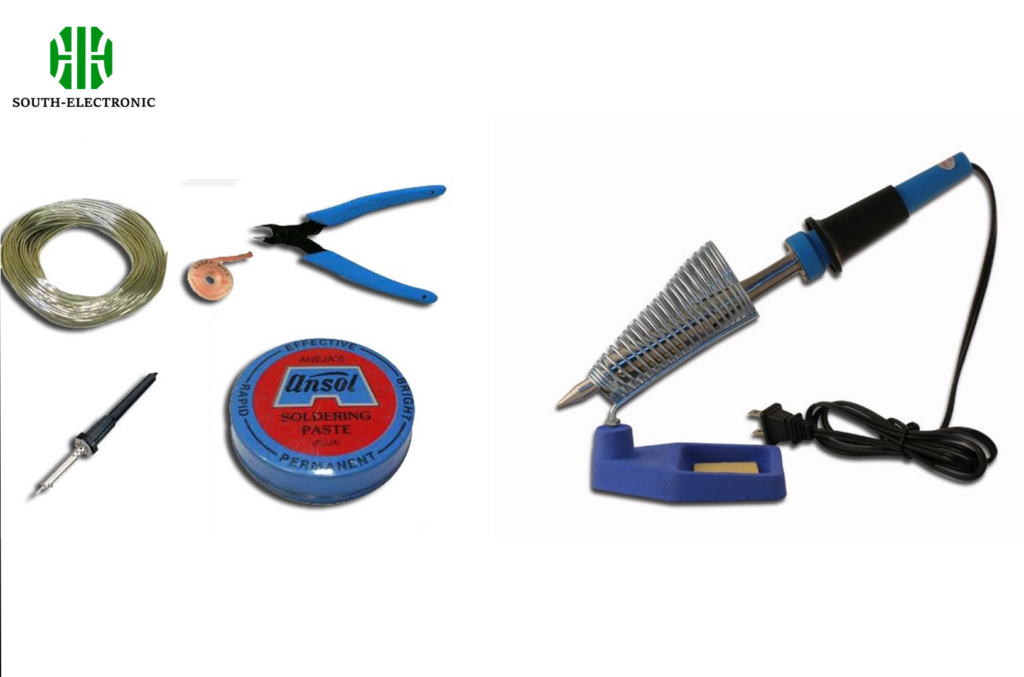
Step-by-Step Guide to Soldering on a PCB Board
Step 1: Tin the Solder Iron
Tinning your soldering iron is the first step to ensure it works efficiently. Apply a small amount of solder to the tip of the iron, coating it with a thin layer. This helps with heat transfer and prolongs the life of the tip.
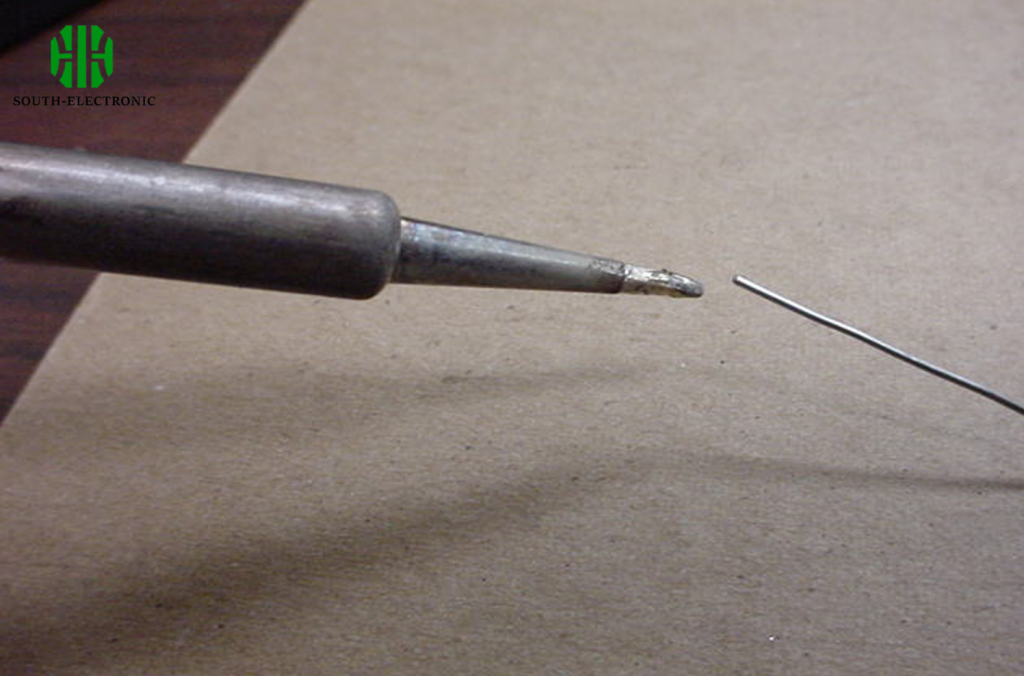
Step 2: Prepare the PCB Surface
Ensure the PCB is clean and free of any oxidation or dirt. Use isopropyl alcohol and a brush to clean the surface if necessary. This will help the solder adhere better to the PCB.
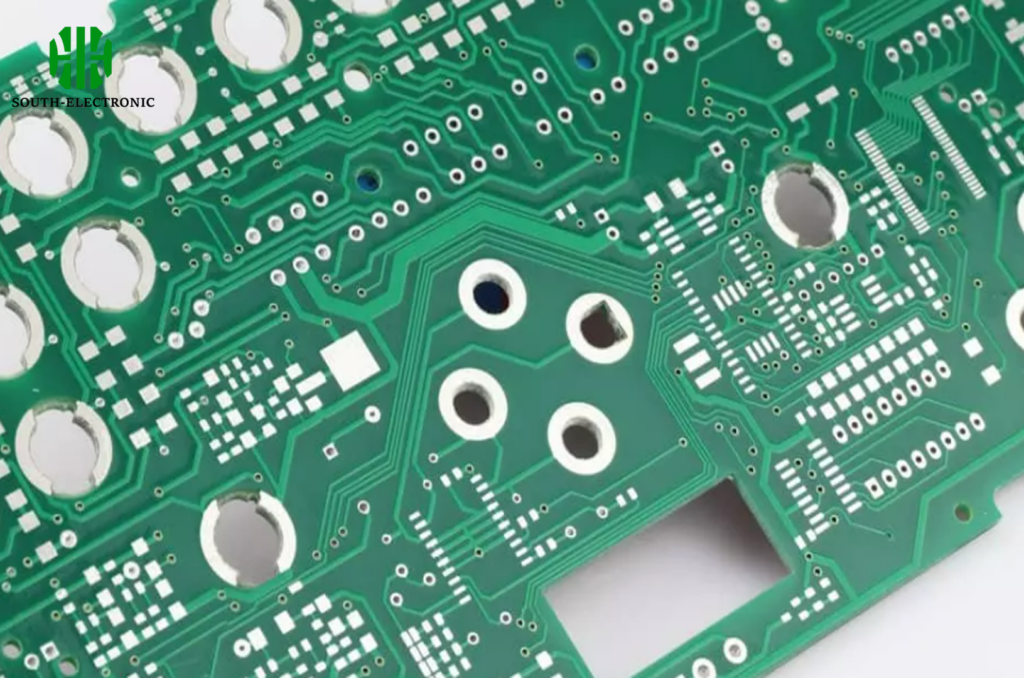
Step 3: Position Your Components
Place the components on the PCB, ensuring they are correctly oriented and seated properly. Use a pair of tweezers for small components and ensure they are flush against the board.
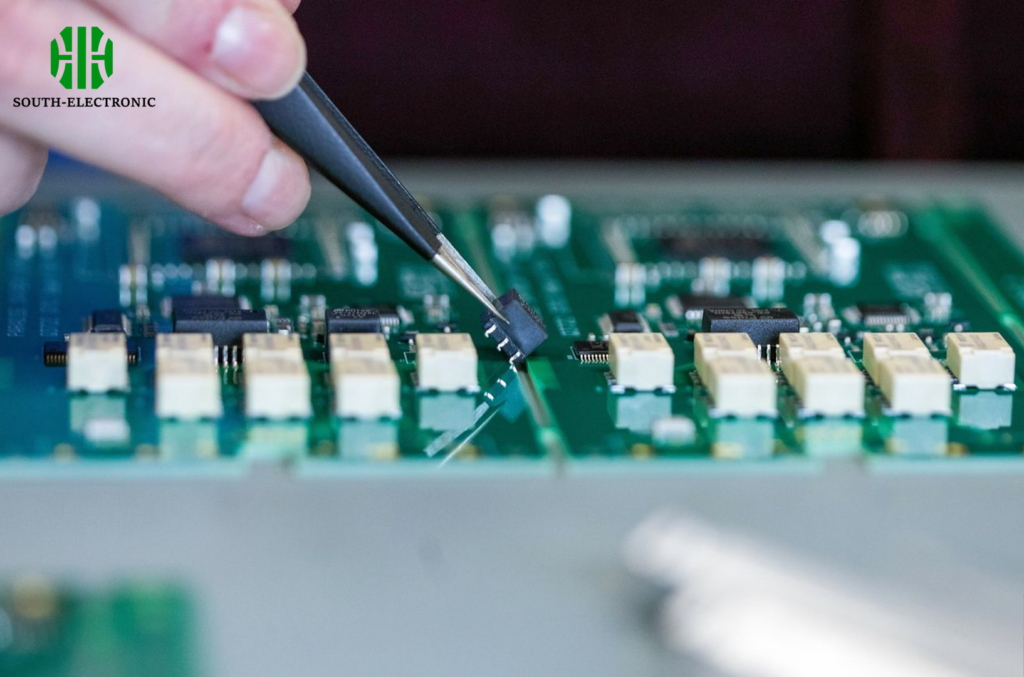
Step 4: Heat the Joint
Place the soldering iron tip on the joint, ensuring it touches both the component lead and the PCB pad. Heat for a few seconds to prepare the joint for soldering.
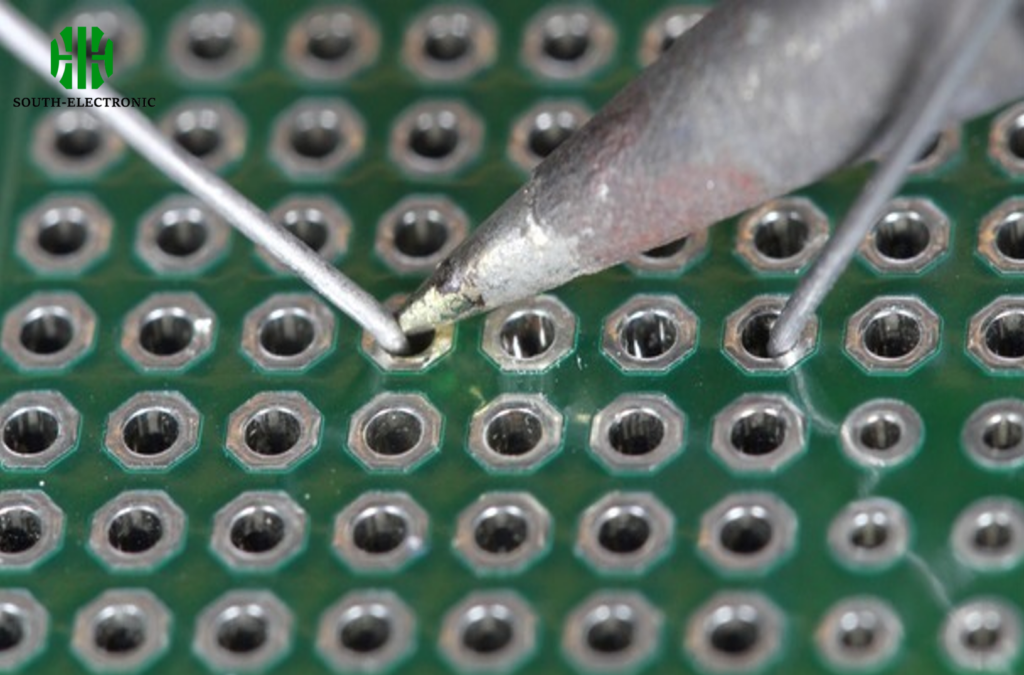
Step 5: Apply Solder to the Joint
Feed solder into the joint, allowing it to flow around the lead and pad. Remove the soldering iron and solder once enough solder has been applied.
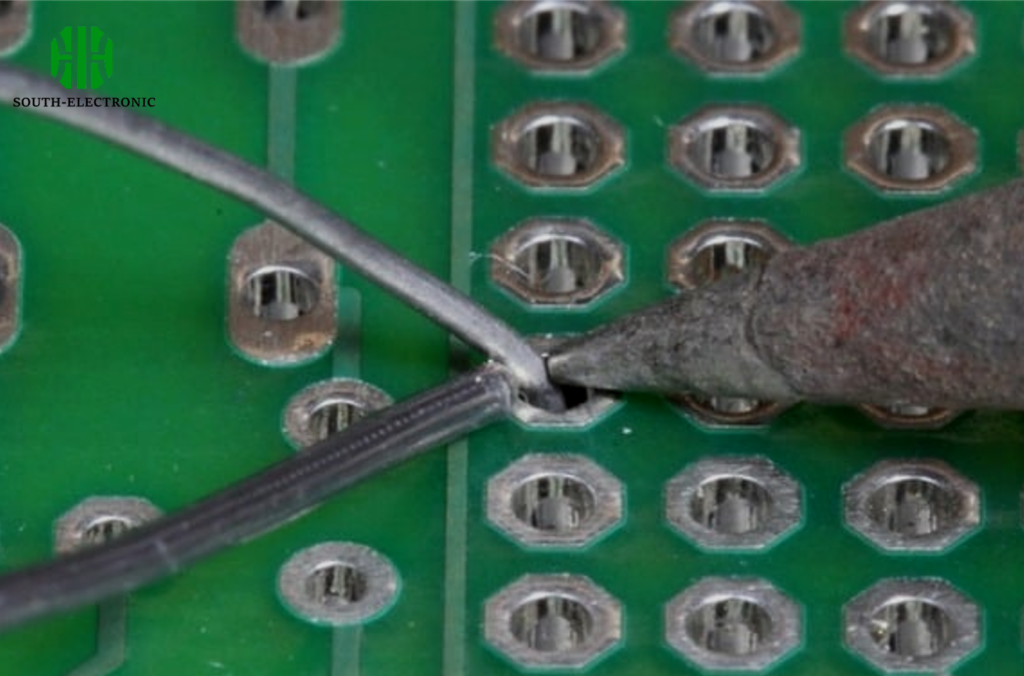
Step 6: Inspect the Joint and Trim the Leads
Check the solder joint for any defects like cold joints or insufficient solder. Trim the excess leads with a pair of flush cutters.
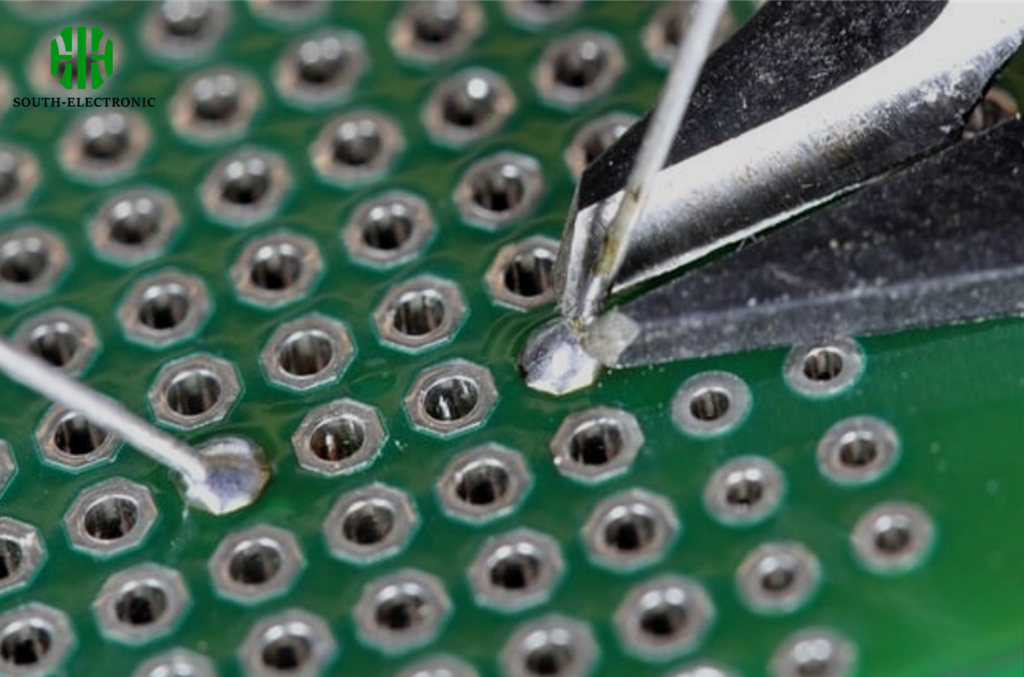
Common Mistakes to Avoid
| Mistake | Description | Solution |
|---|---|---|
| Cold Joints | Solder does not properly melt and adhere | Ensure adequate heating of the joint |
| Overheating Components | Components are damaged due to prolonged heat | Heat the joint just enough to flow the solder |
| Insufficient Solder | Weak joints due to not enough solder | Apply enough solder to fully cover the joint |
- Work in a Well-Ventilated Area: Soldering produces fumes that can be harmful if inhaled. Ensure your workspace is well-ventilated.
- Wear Safety Glasses:Protect your eyes from solder splashes and debris.
- Keep the Soldering Iron in its Stand: When not in use, always place the soldering iron in its stand to avoid burns and accidents.
Personal Tips and Experiences
- Use a Magnifying Glass for Precision:For small and intricate components, a magnifying glass or a jeweler's loupe can help ensure precision and accuracy in your soldering.
- Practice on Scrap Boards:Before working on your actual project, practice soldering on scrap PCB boards. This will help you get comfortable with the soldering process and avoid mistakes.
- Keep the Tip of the Soldering Iron Clean:Regularly clean the tip of your soldering iron with a damp sponge or brass wire cleaner. A clean tip ensures better heat transfer and prevents oxidation.
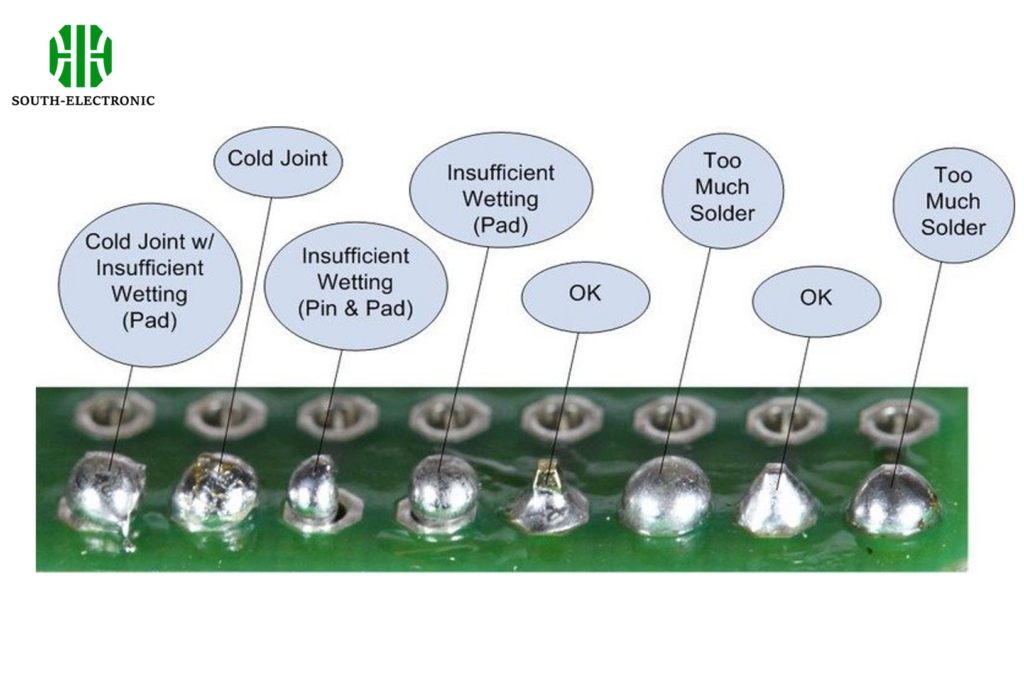
Do you need flux to solder a circuit board?
Yeah, flux is important when you're soldering a circuit board. It helps clean the surfaces you're soldering and helps the solder flow better, so you get strong, reliable joints. A lot of the solder wire you use for electronics work is flux-cored, which means the flux is right inside the solder wire.
Are circuit boards soldered by hand?
Most people who dabble in electronics do a little soldering at some point. But there's a huge difference between soldering a couple of wires and working with surface mount components. If you're going to be doing repairs on modern electronics, you'll be doing surface mount soldering. And that means you'll need a soldering iron or a hot air station.



